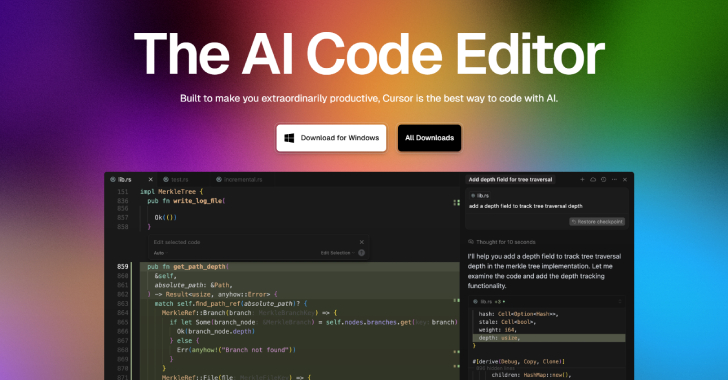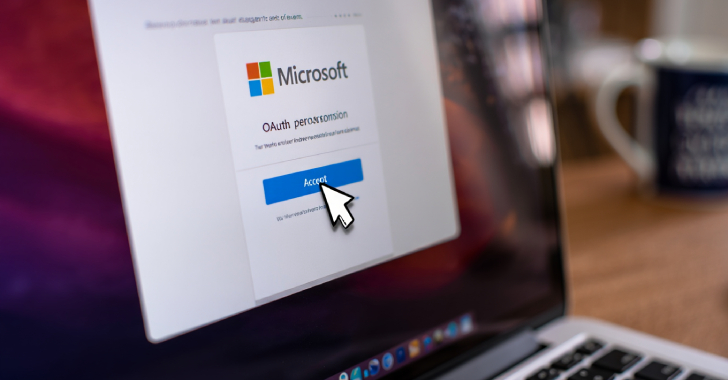
SOC 2 Compliance in the Quantum Computing Age
In an era where technology evolves faster than ever before, cybersecurity has become a paramount concern for businesses and organizations. The digital landscape is constantly shifting, and with the emergence of quantum computing, a new era of challenges and opportunities is on the horizon. SOC 2 compliance, a framework that assesses the security of service providers, is now facing a critical juncture. This article explores what SOC 2 compliance means in the quantum computing age and how businesses can adapt to the changing cybersecurity landscape.
Understanding SOC 2 Compliance
Before diving into the quantum computing angle, let’s start with a brief understanding of SOC 2 compliance. SOC 2, short for Service Organization Control 2, is a set of auditing standards developed by the American Institute of Certified Public Accountants (AICPA). It focuses on the security, availability, processing integrity, confidentiality, and privacy of customer data that a service organization manages.
SOC 2 compliance is particularly relevant for technology companies that provide cloud services, SaaS solutions, and other IT-related services. These companies must undergo a SOC 2 audit to demonstrate that they have adequate controls and safeguards in place to protect customer data. A SOC 2 report is often a crucial factor for potential customers when evaluating the security posture of service providers.
The Quantum Leap in Computing
Quantum computing represents a paradigm shift in the world of information technology. Traditional computers use bits as the basic unit of data, which can represent either a 0 or a 1. In contrast, quantum computers use quantum bits or qubits, which can exist in multiple states simultaneously due to the principles of quantum mechanics. This property allows quantum computers to perform certain types of calculations exponentially faster than classical computers.
The potential applications of quantum computing are staggering. From solving complex mathematical problems to revolutionizing drug discovery and optimizing supply chain management, quantum computers promise to change the way we approach various fields. However, this computational power comes with a double-edged sword: it can also break many existing encryption algorithms.
The Quantum Threat to Security
One of the key concerns arising from the advent of quantum computing is its potential to break current encryption methods. Many encryption algorithms that safeguard our data today rely on the fact that factoring large numbers into their prime components is a computationally intensive task. Quantum computers can perform such factorization exponentially faster, rendering these algorithms vulnerable.
For businesses relying on SOC 2 compliance, this poses a significant challenge. If customer data is encrypted using algorithms that can be swiftly decrypted by quantum computers, it could put sensitive information at risk. As a result, organizations must start thinking ahead to ensure that their data remains secure in the quantum era.
Preparing for the Quantum Age
While quantum computing’s full impact on cybersecurity is still unfolding, there are several steps businesses can take to prepare for this quantum leap:
- Post-Quantum Cryptography: Researchers are actively working on developing encryption methods that are resistant to quantum attacks. These post-quantum cryptographic algorithms will replace the vulnerable ones, ensuring that data remains secure in the quantum age. Businesses should stay informed about these developments and be ready to transition when necessary.
- Quantum-Safe Hardware: Quantum-safe hardware, such as quantum-resistant cryptographic chips, is being developed to provide an additional layer of security. These chips can protect sensitive information even in the presence of quantum threats.
- Regular Audits and Updates: SOC 2 compliance doesn’t end with the implementation of security measures. It requires ongoing monitoring and regular audits to ensure that controls remain effective. Businesses should incorporate quantum-resistant encryption methods into their compliance framework when available.
- Education and Training: Training employees about the potential risks of quantum computing and the importance of cybersecurity is crucial. Building a culture of cybersecurity awareness can help mitigate threats, regardless of the computing paradigm.
- Contingency Planning: Businesses should have a contingency plan in place in case of a quantum-based breach. Knowing how to respond and recover from such incidents can minimize damage and downtime.
The Road Ahead
The quantum computing age is still in its infancy, and it will take time for this technology to become mainstream. However, the implications for SOC 2 compliance and data security are clear. Organizations must not only focus on current threats but also anticipate future challenges.
Adapting to the quantum era is not an option; it’s a necessity. Embracing quantum-resistant encryption methods and staying proactive in cybersecurity measures will be the keys to maintaining SOC 2 compliance and protecting customer data. Businesses that invest in quantum-safe practices today will be better positioned to thrive in the ever-evolving digital landscape of tomorrow.
Conclusion
In an age where technology constantly pushes boundaries, SOC 2 compliance is evolving to meet the challenges of quantum computing. The potential for quantum threats to compromise data security is real, but businesses can prepare by embracing post-quantum cryptography, staying informed about quantum-safe hardware, conducting regular audits, educating employees, and having a solid contingency plan in place.
As the quantum era unfolds, cybersecurity will remain a top priority for organizations of all sizes. SOC 2 compliance, once a benchmark for data security, will adapt and thrive in this new computing paradigm. Those who take proactive steps today will be well-prepared to secure their data and maintain the trust of their customers in the quantum computing age.
Contact Cyber Defense Advisors to learn more about our SOC 2 Compliance solutions.





